Secret habits of the world’s best inventors
POWER naps, near-death experiences and absurd quantities of coffee have kept history’s biggest brainiacs firing on all cylinders. See what it takes to unlock the mind of a genius.
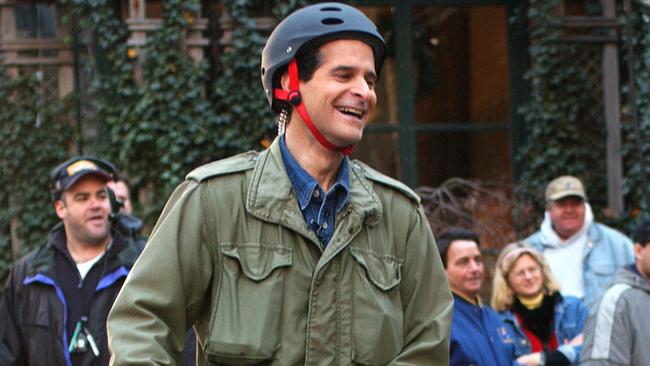
EVER since man first learned to wave a stick we’ve been inventing — coming up with new ways and tools intent on making our lives easier, more efficient and progressive.
But not all of us have contributed our fair share to the cause. Those special few creative eggheads that have managed to deliver things like electricity, the television, the aeroplane or the cronut are rare. How come?
Is it a case that most of us really do have a monkey clashing symbols together inside our craniums while inventors have complex superhighways of thought?
We’re all built the same, except some have learned to how to squeeze their creative juices and it could all be down to their habits:
Seek solitude
Whether meditating or taking a braincell searching sauna, great minds go to a quiet place where they can tap into and fire-up the grey matter.
Dr Yoshiro Nakamatsu, is an 86-year-old Japanese juggernaut of invention. With upward of 3300 patents to his name — including the floppy disk (supposedly) and the self defence wig (oh yes) — the eccentric creator is the most prolific inventor you’ve probably never heard of.
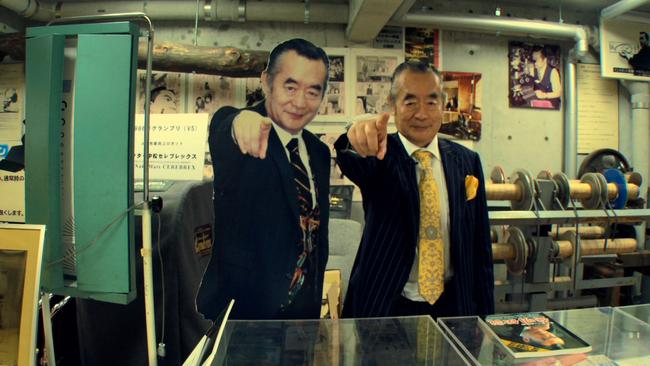
Dr NakaMats, as he likes to be called, escapes to his place of mental sanctuary not unfamiliar to some — the toilet. He sits on the throne surrounded by running water in a bathroom tiled in 24 carat gold, he calls his ‘Calm Room’. But this luxury lav isn’t just Nakamats getting frivolous with his floppy disk fortune, he purposely built the gilded room as he believes the gold blocks out radio waves and other signals being transmitted through the air, which could be detrimental to his creativity.
Sleep is for the rest
Thomas Edison, Leonardo da Vinci and Nikola Tesla are arguably some of the history’s greatest innovators and they share the common habit of running on little sleep.
Edison, who bought us the motion picture camera and light bulb among his 1093 patents, believed sleep was a waste of time so would operate on a polyphasic sleep cycle, essentially a series of short power naps through the day. Edison had cots placed around his lab and workspaces and there are numerous photographs of Edison spark out (see what we did there?) under trees and on makeshift beds on lab benches. It’s claimed he never woke groggy, instead energised and bursting with get-go.
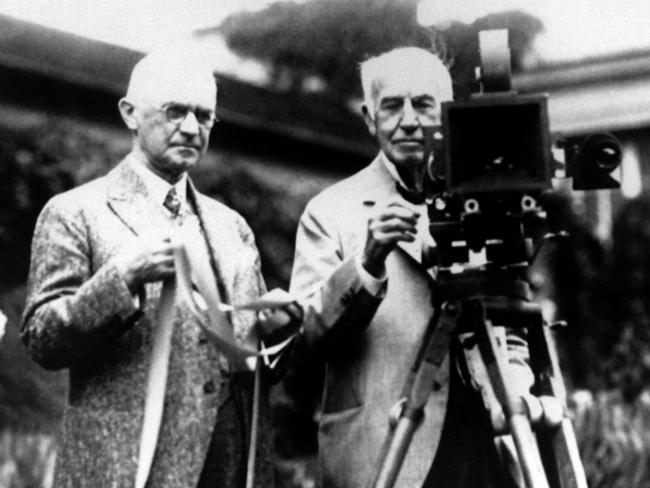
This was the same for Tesla, the Serbian-American inventor who pioneered the world of electricity with his alternating current and radio technology, who would get just two to three hours of sleep a day.
Streamline decision making
Dean Kamen, the man who invented the Segway, has worn the same outfit of Levi’s denim jacket and jeans for almost 30 years, eats in the same Italian restaurant every night and not taken a holiday since he was 14-years-old. The same habitual dressing applied to Steve Jobs who famously donned his iconic roll neck jumper and jeans every day. It was a look he asked fashion designer Issey Miyake to create and something he stocked in his wardrobe in the hundreds.
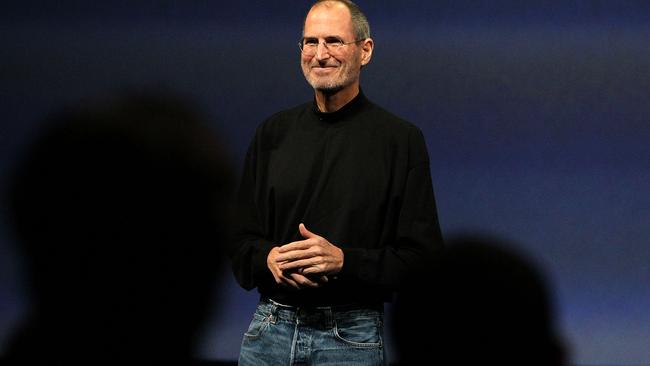
You might argue all this repetition isn’t very inventive for an inventor, but both reasoned that by doing this they don’t have to disrupt their creative thought process with distracting, time-wasting, daily decision making of trivial things.
Think outside the box…literally
Unconventional activities and quirky habits are often undertaken by inventors in an attempt to stir up that eureka moment.
Nikola Tesla would repeatedly curl his toes — 100 times on each foot — every day, which he believed would stimulate his brain cells. He would also be one of many inventors who attributed their brightest moments when taking a walk. Tesla had an obsession with the number three so could only return to his home after completing three circuits of his route.
Remember Dr Nakamats? Well, if a bit of brainstorming in the bathroom fails to produce any gems he also regularly dives underwater for long periods of time holding his breath for as mortally possible in an attempt to starve his brain of oxygen. It might sound like a bit of an oxymoron but he believes the pressure from being so deep can fill the brain with blood and when he’s dangerously close to drowning he has come up with some of his greatest ideas.
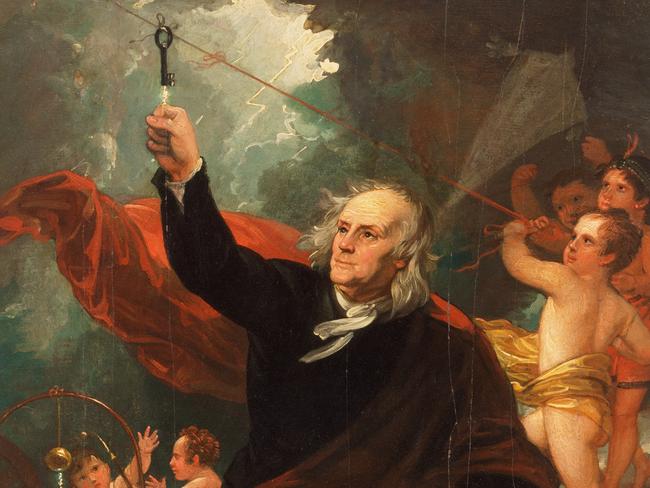
Then there’s Benjamin Franklin, inventor, writer and President of the United States. He would be partial to an ‘air bath’ where he would spend some time standing around at home completely naked, basking in the brisk morning air coming through his open window. He believed proper ventilation was key to good health where cold water baths were no good for his system and so this daily fashion was key to unlocking his inventing mojo. For the sake of his neighbours let’s hope curtains were invented by then.
Single minded
Budding inventors, you’re probably not going to like this one but a key secret to success for some is down to avoiding distraction, particularly relationships. Tesla, Kamen and inventors of the first aeroplane, the Wright brothers all never married. Wilbur Wright was famously quoted as saying he would never have time for both and aeroplane and a wife. In a more extreme case Tesla actually stayed celibate as he believed relationships and sex would muddy his creative thought.
Dedication…and heaps of coffee
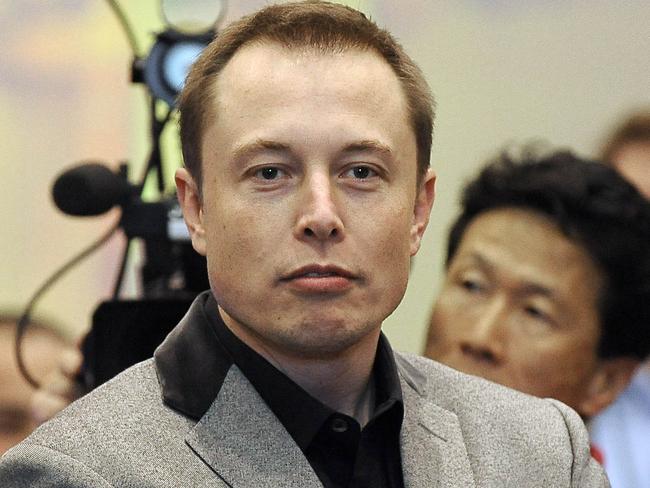
One thing in common with all of history’s creatives is their dedication — in some cases obsessive compulsion — to their work. It’s no different with Tesla CEO, tech entrepreneur and inventor Elon Musk who claims he was working 100-hours a week. It follows a familiar pattern with previous great minds who put in hefty shifts to pursue their passion including Tesla who, it was said, would often work 85 hours straight in his lab. Musk was quoted as saying he fuelled himself with up to five diet cokes a day and plenty of coffee. Talking of coffee, this also seems to be a staple among the creatives with Beethoven insisting on a cup every morning from exactly 60 beans (which he counted himself), French Novelist Balzac would drink 50 cups a day, while Danish philosopher Søren Kierkegaard poured his coffee over a full cup of sugar and drank the thick brew down in one.



